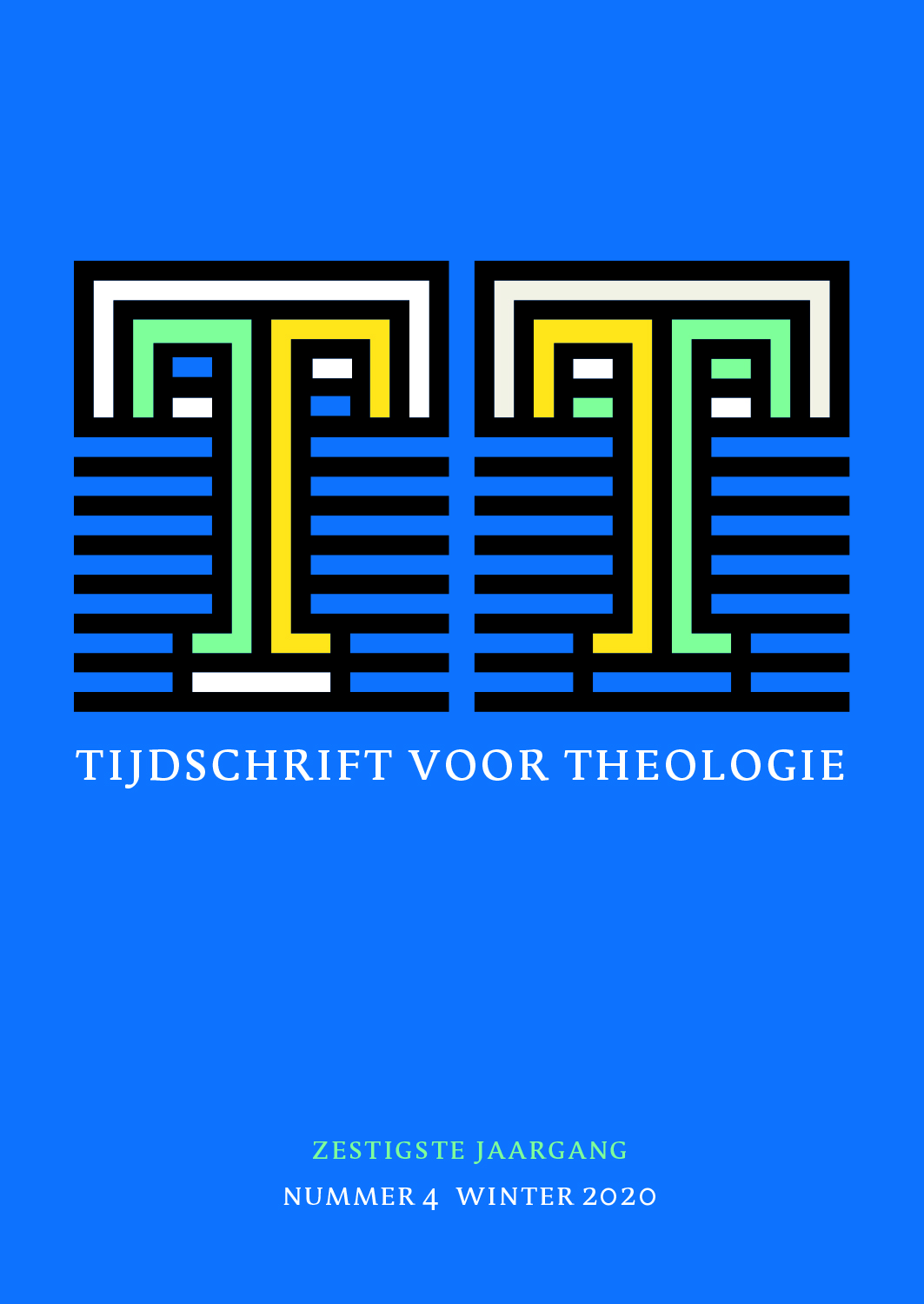 previous article in this issue previous article in this issue | next article in this issue  |

|
Document Details : Title: De lange weg naar Lumen gentium Subtitle: Een nieuwe blik op de ecclesiologie in de aanloop naar het Tweede Vaticaans Concilie Author(s): SCHELKENS, Karim , DE PRIL, Ward Journal: Tijdschrift voor Theologie Volume: 52 Issue: 4 Date: 2012 Pages: 312-329 DOI: 10.2143/TVT.52.4.3203360 Abstract : On the 50th anniversary of its opening, the Second Vatican Council is in the spotlights. Particularly relevant is the question as to what degree this council constituted a continuation or a rupture with regard to tradition. Recently, historiography is marked by an important shift. Church historians no longer focus solely on the history of the Second Vatican Council as such, but are increasingly mindful of the importance of evolutions in post-conciliar Catholicism, and of the way in which these currents were received at the Second Vatican Council. Therefore, historians now study the council as a factor of reception, thereby widening the notion of conciliar reception. Following up on this trend, the present article examines the preparatory draft on the church distributed among the council fathers in 1962. Past literature on this text tended to portray it as a mere product of a neo-thomist Roman environment and emphasized the integration of new ecclesiological perspectives as surfacing only during the conciliar era. This contribution fine-tunes such a view by studying the debate leading up to the 1962 schema De ecclesia and ultimately connecting it to the 1964 constitution Lumen gentium. Thus, the authors reveal the vicinity of the subsequent editorial phases of the council text to the pre-conciliar ecclesiological developments, with a special emphasis on the role played by theologians such as Sebastiaan Tromp and Yves Congar. |
|
